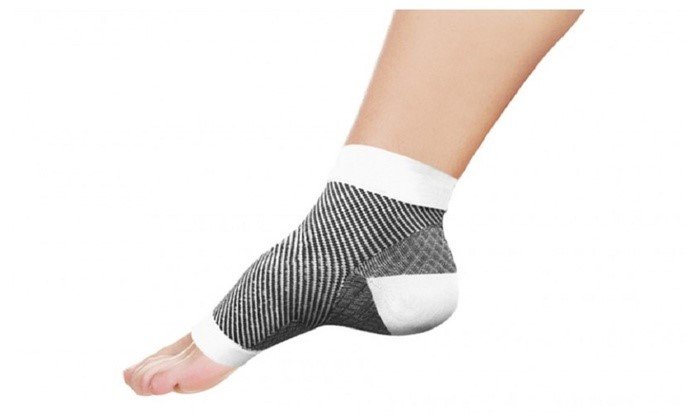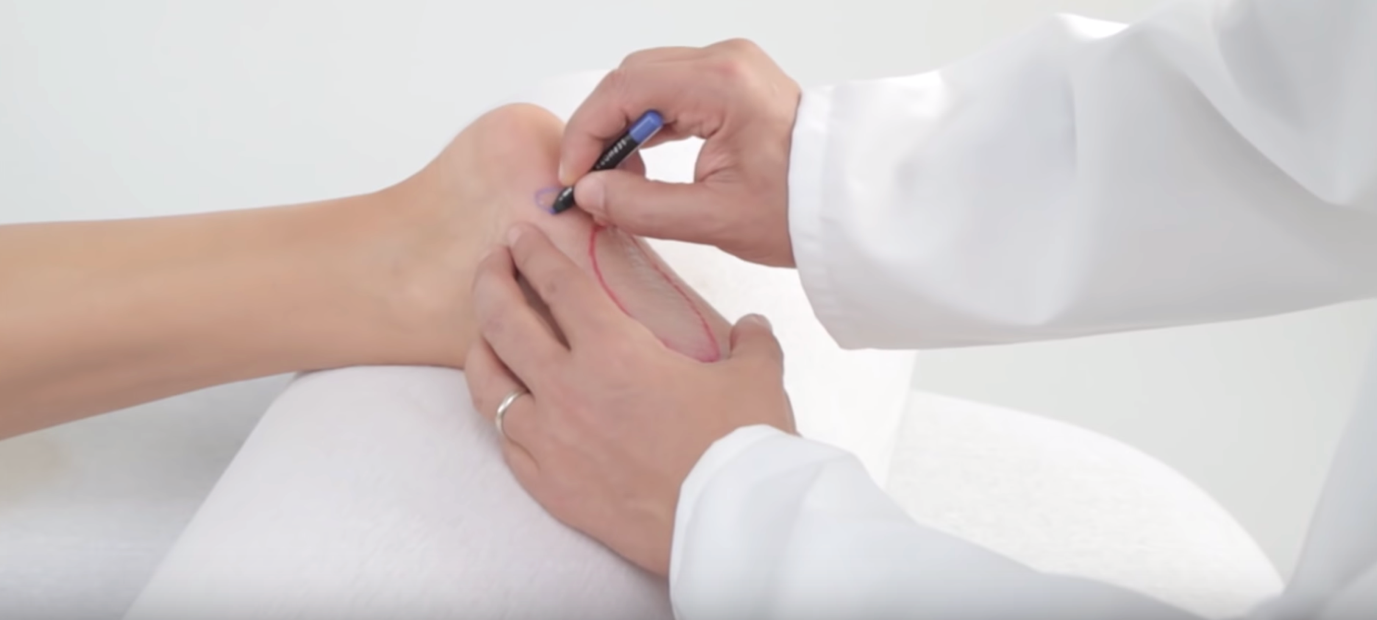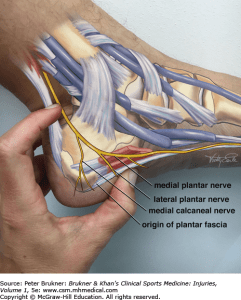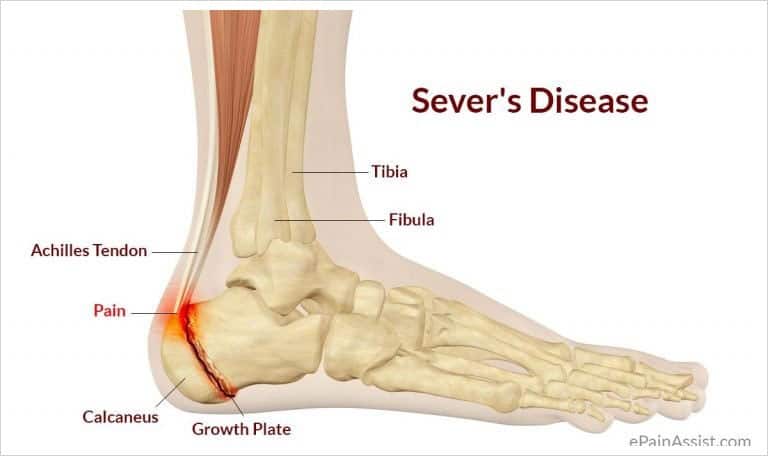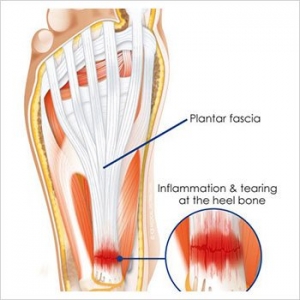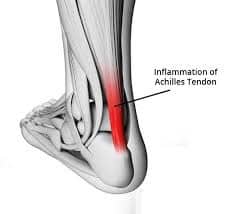Plantar Fasciitis Shoes
Do Plantar Fasciitis Shoes Exist?
A new patient undergoing plantar fasciitis treatment arrived at Sydney heel pain clinic requesting advice relating to the treatment of his condition, and wanted to know if there was such thing as plantar fasciitis shoes. And if so, which make or model would be best or most appropriate for his heel pain. This otherwise healthy individual had been experiencing plantar heel pain, and medial heal pain for more than 12 months. He was disappointed in the treatment he had received to date as none of it had been helpful. Typical of patients in his circumstances, this gentleman was proactive and carried out much research himself, and this led him to several websites that claimed to sell plantar fasciitis shoes. This patient had received 12 weeks of physiotherapy for his plantar fasciitis and had been advised to carry out stretching techniques and other forms of self-treatment at home. The physiotherapist had performed deep tissue massage through the arch of the foot and around the base of the heel and had also performed release techniques through the calf muscle. The physiotherapist had also mentioned plantar fasciitis shoes and offered to sell the patient a pair of MBT rocker bottom shoes for his condition. The patient tried on the shoes in the clinic but informed the physiotherapist that he found them to be unstable and made him feel off balance. To this end the patient did not proceed with the plantar fasciitis shoes but instead carried on with treatment. The physiotherapist advised the patient that without proper plantar fasciitis shoes his condition may take longer to heal. The patient reported to the sports podiatrist that the 24 hours that followed the treatment with the physiotherapist were less painful. For this reason he continued with the treatment. However, the benefits from the treatment were short-lived and the patient felt like he was stuck on a medical merry-go-round.
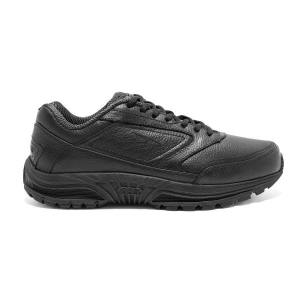
This particular patient returned to his GP and requested further investigation for his plantar fasciitis. He mentioned plantar fasciitis shoes to the doctor but the GP confessed not to be experienced in this area and was not able to advise. The GP did follow instruction from the patient and organised an MRI of his painful right foot. The MRI report conclusively revealed plantar fasciitis, without the presence of heel spur. With this knowledge in mind the patient decided to continue being proactive in search of a successful remedy for his troublesome heel pain. What he was experiencing is not uncommon as many practitioners do struggle with plantar fasciitis treatment due to the wide variety of solutions that are readily available.
Evidence of Plantar Fasciitis Shoes
There does not seem to be any research relating to the effectiveness of plantar fasciitis shoes, and those companies that promote them do not have sufficient evidence to back up the theory.
This patient reported to the sports podiatrist that his heel pain was significant every single morning when rising from bed. This is common for plant fasciitis and it is rare that patients with this condition do not experience this start up pain. The pain can also be very noticeable after long periods of being seated. While this patient did not possess any specific plantar fasciitis shoes he did report to the podiatrist that he would step into a pair of running shoes every morning to help with the pain. Please note that functional running shoes will often assist in supporting the foot, and while they are not technically plantar fasciitis shoes they can help with the symptoms due to the high level of support. Once again there is no evidence surrounding the efficacy of running shoes in the treatment of plantar fasciitis.
Physical Examination – Did this Patient Require Support from Plantar Fasciitis Shoes
The sports podiatrist carried out a routine physical examination in order to diagnose the plantar fasciitis and discuss treatment options. The patient was informed that his signs and symptoms were definitely consistent with plantar fasciitis and this was backed up by the report from the MRI. The podiatrist advised the patient that the single most important factor in treatment of his condition was support for the plant fascia. The podiatrist also informed the patient that while he was not aware of any particular plantar fasciitis shoes, he should be given high levels of support from footwear in general. This could be backed up by the fact that the patient did in fact feel much better when wearing his Asics running shoes. The podiatrist explained to the patient that other forms of support would prove to be more beneficial such as prescription orthotics, strapping techniques and the use in extreme circumstances of immobilisation boots. The patient was informed that the high level of support allows the plantar fascia to rest and heal naturally without the use of medication or injection therapy.
This patient was booked in for a follow-up visit so that his treatment and full assessment could commence. This would involve the use of treadmill assessments and further physical and biomechanical assessments which would help to determine treatment. The patient was not prescribed plantar fasciitis shoes nor was he recommended to purchase these from any other place.
Once again, the podiatrist at the Sydney Heel Pain Clinic are not aware of any proven plantar fasciitis shoes that can assist in the treatment of the condition.
Written by Karl Lockett
Podiatrist

